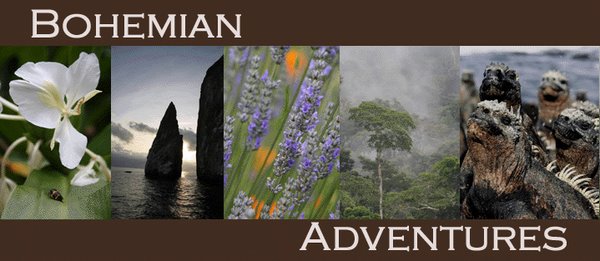It's easy to tune out when one talks about plankton. But seeing pictures makes it come alive a little bit more. Planktonic organisms can't move against the currents so float. Phytoplankton (phyto=plant-like) create their own food, and examples include algae and diatoms, and zooplankton (zoo="animal-like") consume other organisms. I believe all of these photos were taken from organisms sampled in the Bering Sea, if not on this cruise on previous ones.
 A larval pollock - the fish that grows up to become your "fish stick" and "artificial Krab." These are the critters that Ebett (Elizabeth) Siddon is looking for in her MOCNESS sampling. Photo courtesy of Tracy Shaw, who works at Hatfield Marine Science Center in Oregon.
A larval pollock - the fish that grows up to become your "fish stick" and "artificial Krab." These are the critters that Ebett (Elizabeth) Siddon is looking for in her MOCNESS sampling. Photo courtesy of Tracy Shaw, who works at Hatfield Marine Science Center in Oregon.

 This is a dinoflagellate that ingested something. I'm not sure if it's a mixatroph or not...Photo courtesy of Diane Stoecker.
This is a dinoflagellate that ingested something. I'm not sure if it's a mixatroph or not...Photo courtesy of Diane Stoecker. Now here come the really cool plankton, at least in my humble opinion. I know my roomie loves microzooplankton and especially mixatrophs because they challenge conventional wisdom and "complicate" things, but I'm partial to slightly bigger and more recognizable animals! This is a planktonic larval jellyfish. Photo courtesy of Tracy Shaw.
Now here come the really cool plankton, at least in my humble opinion. I know my roomie loves microzooplankton and especially mixatrophs because they challenge conventional wisdom and "complicate" things, but I'm partial to slightly bigger and more recognizable animals! This is a planktonic larval jellyfish. Photo courtesy of Tracy Shaw. Limacina is a swimming snail, but still a zooplankton because they can't swim against currents. Photo courtesy of Tracy Shaw.
Limacina is a swimming snail, but still a zooplankton because they can't swim against currents. Photo courtesy of Tracy Shaw. Clione is a swimming snail, also known as a pteropod. Don't they look like angels? Photo courtesy of Tracy Shaw.
Clione is a swimming snail, also known as a pteropod. Don't they look like angels? Photo courtesy of Tracy Shaw. A larval squid. How is it that even baby squid are adorable?! Photo courtesy of Tracy Shaw.
A larval squid. How is it that even baby squid are adorable?! Photo courtesy of Tracy Shaw. A larval octopus. Is that not the cutest thing or what? Photo courtesy of Tracy Shaw.
A larval octopus. Is that not the cutest thing or what? Photo courtesy of Tracy Shaw. This is a krill. They look like little shrimp. There are 5 species in the Bering Sea, at least 5 they catch regularly. Photo courtesy of Tracy Shaw.
This is a krill. They look like little shrimp. There are 5 species in the Bering Sea, at least 5 they catch regularly. Photo courtesy of Tracy Shaw. Rasta krill here has a parasite growing out of its back! Photo courtesy of Tracy Shaw.
Rasta krill here has a parasite growing out of its back! Photo courtesy of Tracy Shaw. And my favorite, since I'm a Cancer on the zodiac... crab larva aka zoea!
And my favorite, since I'm a Cancer on the zodiac... crab larva aka zoea!
 The cruise's co-chief scientist Nancy Kachel, oceanographer at NOAA, showing me the computer screen readout from when the CTD goes down to collect water - and data. It measures salinity, temperature, chlorophyll fluorescence (which tells you when there's a bloom of algae aka phytoplankton), and some other things.
The cruise's co-chief scientist Nancy Kachel, oceanographer at NOAA, showing me the computer screen readout from when the CTD goes down to collect water - and data. It measures salinity, temperature, chlorophyll fluorescence (which tells you when there's a bloom of algae aka phytoplankton), and some other things.
 Aren't they cute - mud pie makers extraordinaire!
Aren't they cute - mud pie makers extraordinaire! I didn't have many pics of just Rachel - I love this shot!
I didn't have many pics of just Rachel - I love this shot! Colin hoisting his mud core like a trophy!
Colin hoisting his mud core like a trophy!



 Jessica Cross filtering water! Imagine that.
Jessica Cross filtering water! Imagine that.  Little krillies on a microscope.
Little krillies on a microscope.









1 comment:
Very cool plankton...
Post a Comment